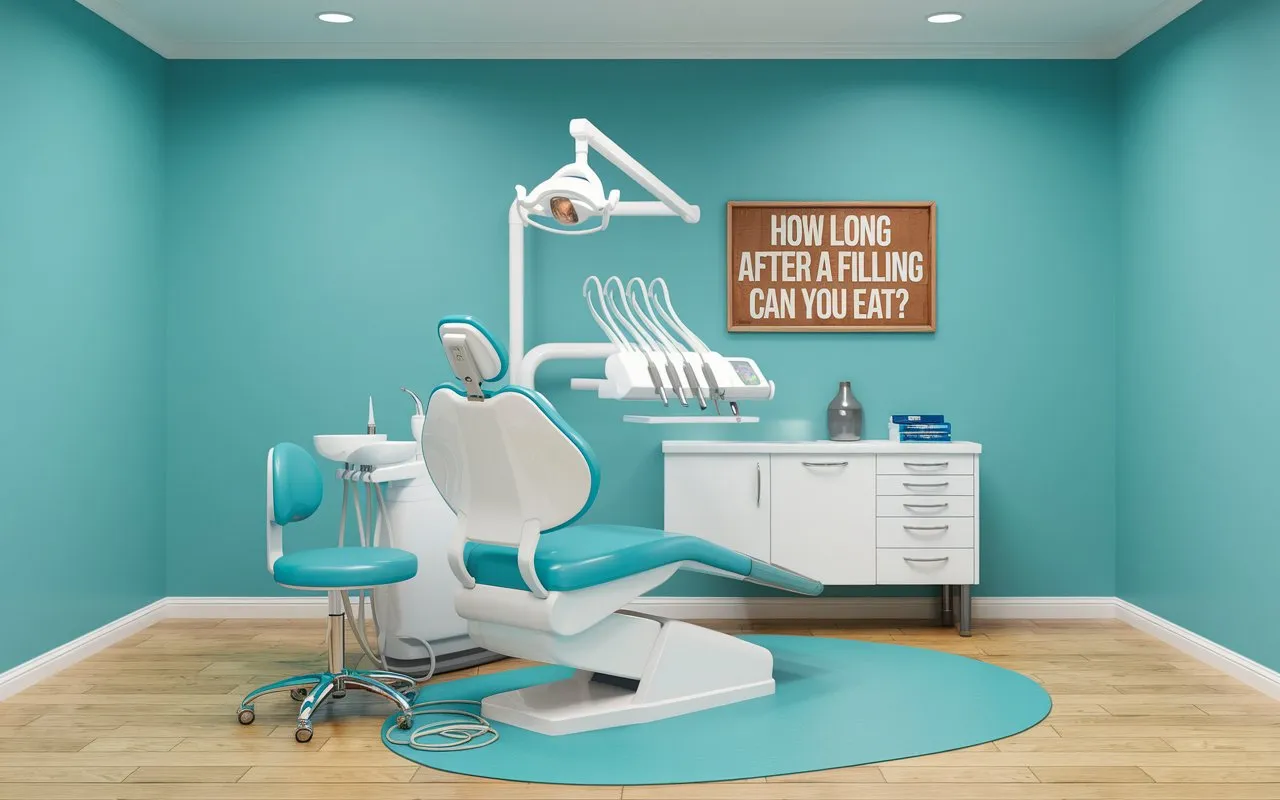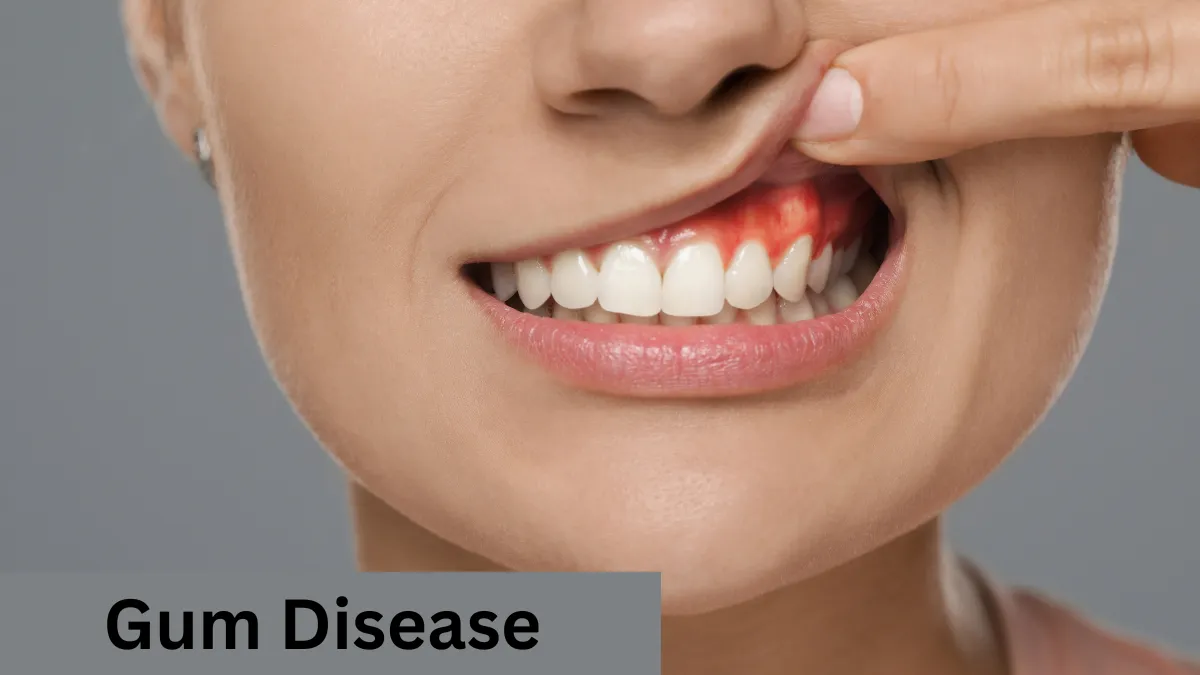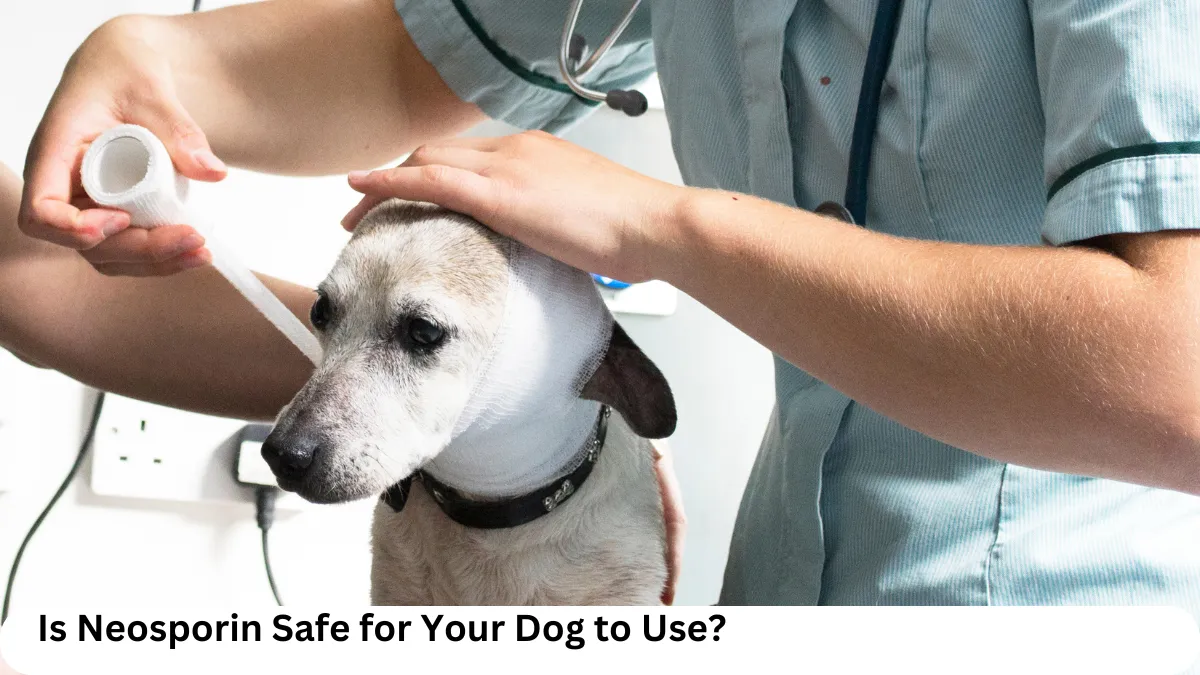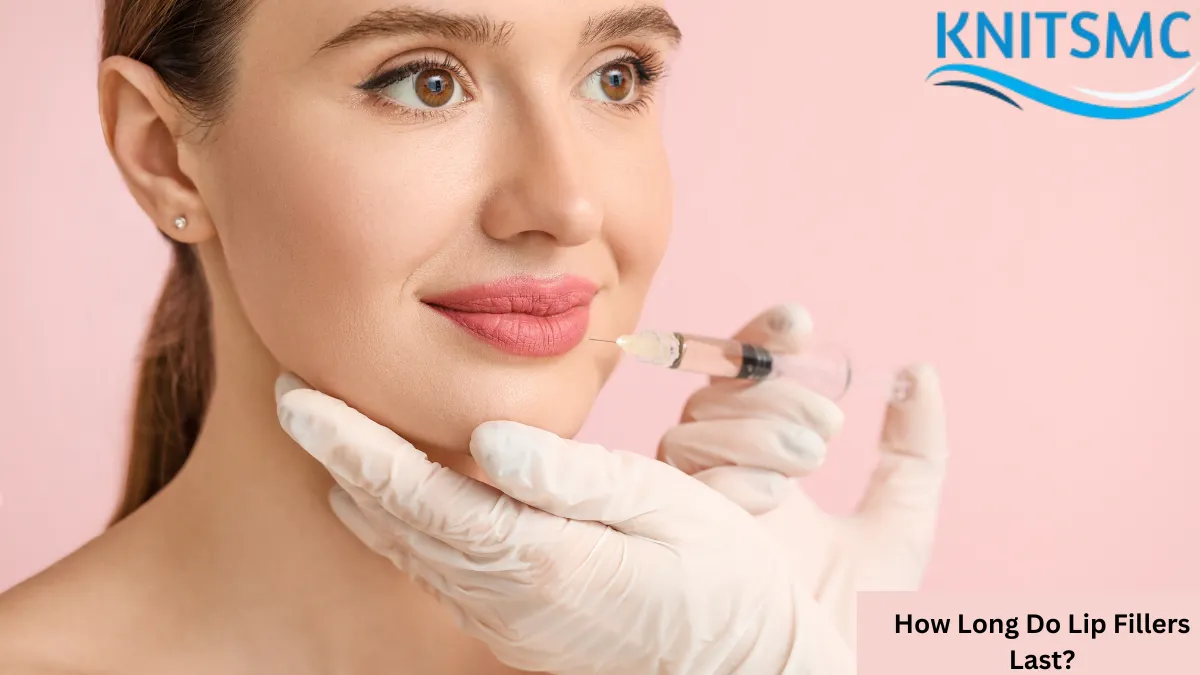Table of Contents
Getting a dental filling is a standard procedure to treat cavities and protect your teeth. However, one of the most frequently asked questions after this procedure is: how long after a filling can you eat? This question is essential for anyone wanting to avoid discomfort or damage to their new filling. This article will provide you with everything you need to know, including the latest updates on dental care after a filling, types of fillings, and tips for a smooth recovery.
How long after a filling can you eat? What Happens During a Dental Filling?
Before discussing how long you can eat after a filling, it’s helpful to understand what happens during the procedure. A dental filling involves removing decayed material from your tooth and replacing it with a long-lasting substance, such as amalgam, gold, or composite resin. This process helps prevent further decay and restores the tooth’s function.
Types of Fillings and Their Impact on Eating
Different materials used for fillings affect how soon you can eat. Let’s look at the common types:
- Composite Fillings: These are tooth-coloured and harden almost instantly. You can eat sooner after the procedure.
- Amalgam Fillings: Made of metals like silver, these fillings take longer to harden, so you must wait a bit longer before eating.
- Gold Fillings: Gold fillings are long-lasting but may require a longer waiting period for you to eat.
Now that you know the basics, let’s answer the critical question.
How Long After a Filling Can You Eat?
How long after a filling can be eaten depends on several factors, including the type of filling and your dentist’s recommendations. Let’s break it down by type of filling.
Composite Fillings: Eat After 30 Minutes
If you’ve received a composite filling, the good news is you don’t have to wait too long to eat. Composite fillings harden quickly, usually within seconds after exposure to a special light during the procedure. Most dentists advise waiting at least 30 minutes before eating to ensure the filling has been correctly set and to avoid irritating your teeth.
Amalgam Fillings: Wait a Few Hours
The waiting time is longer for amalgam (metal) fillings, which take several hours to harden fully. After getting this filling, it’s best to wait at least two to four hours before eating solid foods. You can still drink water or have soft, non-chewy foods during this time.
Gold Fillings: Follow Your Dentist’s Advice
Gold fillings may take a little longer to settle. While they are extremely durable, your dentist may recommend you wait for up to 24 hours before eating hard or sticky foods. This ensures the filling is fully set.
General Rule of Thumb: Wait One Hour
For any filling, a safe general rule is to wait at least one hour before eating. This ensures that your mouth has had time to recover from the procedure and helps prevent damage to the filling.
How long after a filling can you eat? What Foods to Avoid After a Filling
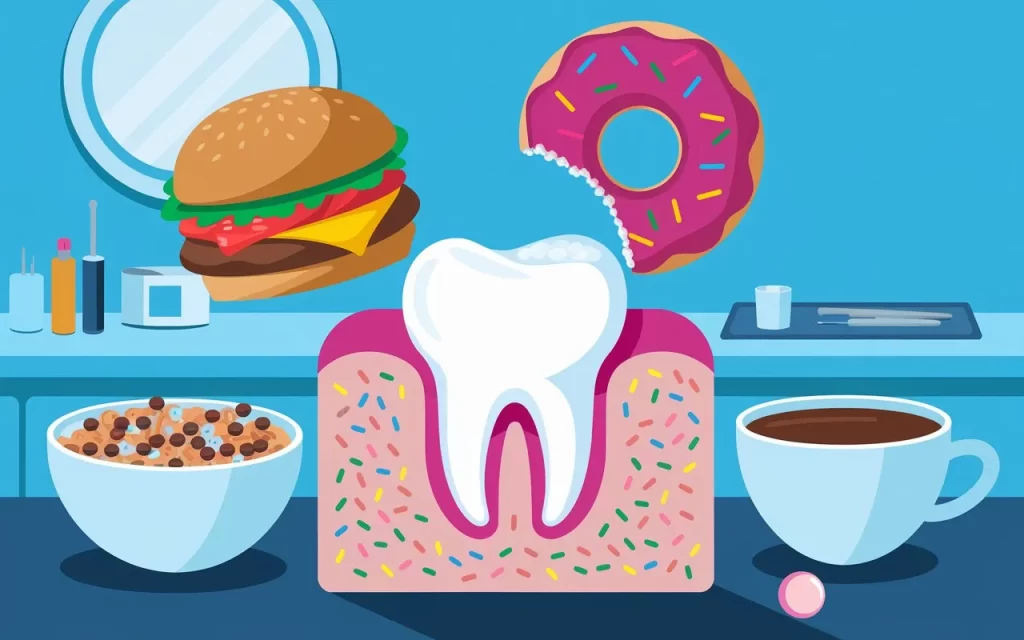
Knowing how long after a filling you can eat is just part of the puzzle. What you eat afterward also matters. Certain foods may cause discomfort or interfere with the healing process.
Avoid Hard and Crunchy Foods
Foods like nuts, chips, and popcorn can put unnecessary pressure on your fresh filling. Biting into something hard may damage the filling or cause it to crack. Stick to softer foods for the first day after the procedure.
Steer Clear of Sticky Foods
Sticky foods like gum, toffees, or caramels can pull on your filling and might cause it to become loose. It’s best to avoid these foods for at least 24 hours after your filling is placed.
Limit Hot and Cold Foods
After a filling, your teeth may be extra sensitive to extreme temperatures. To prevent discomfort, avoid extremely hot or cold meals, including ice cream or hot soup, for a few days.
How long after a filling can you eat? How to Care for Your Filling After Eating
Caring for your filling after eating is just as important as knowing when to eat. Here are some essential tips to ensure your filling lasts and your teeth remain healthy.
Brush Gently
After eating, be sure to brush your teeth, but do it gently. Aggressive brushing can irritate the area around the new filling. Use a soft-bristle toothbrush and avoid directly brushing the filling site for the first day.
Floss Carefully
Flossing is important, but be cautious around the filled tooth. Floss gently to avoid dislodging the filling. If you notice any discomfort or difficulty flossing, speak to your dentist for advice.
Avoid Grinding Your Teeth
If you grind your teeth, be extra careful after getting a filling. Grinding can weaken or harm the filling because it exerts pressure on the teeth. Ask your dentist about getting a mouthguard if grinding is a concern.
How long after a filling can you eat? How to Manage Post-Filling Sensitivity
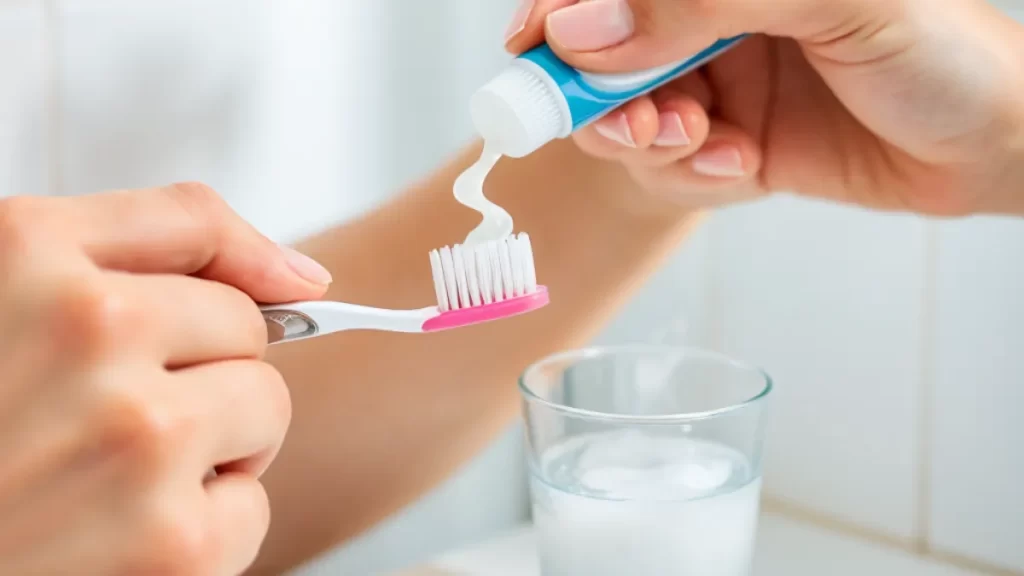
If you feel any discomfort or sensitivity to hot or cold foods, follow these tips to ease the pain.
Use Sensitivity Toothpaste
Replace your toothpaste with one designed for delicate teeth. These toothpaste have components that, when used over time, help calm dental nerves and lessen sensitivity.
Rinse with Warm Salt Water
A simple warm saltwater rinse can help soothe any irritation after your filling. Saltwater helps cleanse the mouth and promote healing, reducing any discomfort.
Avoid Over-the-Counter Painkillers
If the sensitivity is mild, try to avoid painkillers unless necessary. If the discomfort persists for more than a few days, check with your dentist.
Also Read: Can You Reverse Cavities? Truth Dentists Won’t Tell You!
How long after a filling can you eat? When to Contact Your Dentist
In most cases, minor discomfort after a filling is normal. If you experience any of the following issues, call your dentist immediately:
- Severe pain that doesn’t go away
- Difficulty biting or chewing
- A loose or cracked filling
- Continued sensitivity after several days
How long after a filling you can eat depends on the filling you receive. For composite fillings, you can usually eat after 30 minutes, while for amalgam and gold fillings, it’s best to wait a bit longer. Avoid hard, sticky, or hot foods that could damage the filling or cause discomfort.


